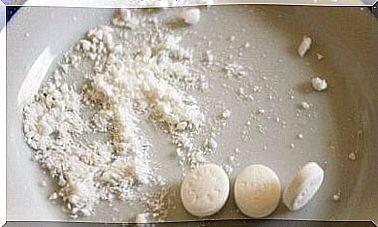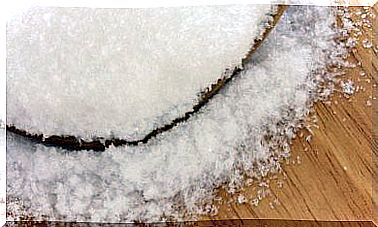Antimicrobials: What Are They For?
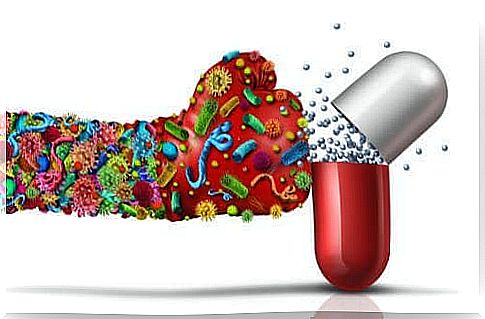
Antimicrobials are drugs that have the ability to stop or inhibit the growth of various microorganisms in the body. Depending on the type of microorganisms involved, some are effective in one case and others in another. In this sense, we can find several different types of antimicrobials that are effective against different bacteria, fungi or parasites.
In this article, we will see what the different types of antimicrobials are and what are their main properties.
Types of antimicrobials
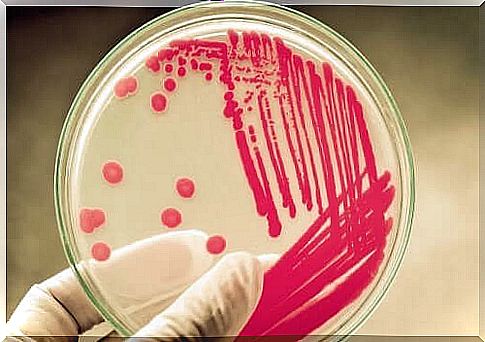
These drugs can be classified from two different perspectives:
- According to the mechanism of action of the drug.
- Depending on the type of microbe.
Classification of antimicrobials according to their mechanism of action
With this first classification, the mechanism of action, we can distinguish the following three categories of antimicrobials:
- Sterilizing drugs.
- Disinfectants.
- Antiseptic or chemotherapeutic drugs.
Sterilizing drugs
Sterilizing drugs are substances that are capable of causing both the death of any microorganism and its total inactivation. The two best known sterilizing drugs are glutaraldehyde and ethylene oxide.
On the other hand, it should be mentioned that physical measures such as heat, filtration and ionizing radiation are also used for this purpose.
Disinfectants
The purpose of the use of disinfectant drugs is to eliminate microorganisms from inert materials. This is due to the toxic effects of these microorganisms that they usually have on living tissues. The most commonly used of these drugs are alcohol and iodine compounds, such as the well-known Betadine.
It is important to be able to distinguish between sterilization and disinfection. Unlike the first term, disinfecting antimicrobials are not capable of eliminating microorganisms in their entirety.
Antiseptic or chemotherapeutic drugs
One difference between the two drugs is that antiseptic drugs are applied directly to damaged tissues to prevent microbial growth. In contrast, chemotherapeutic drugs are administered to a patient intravenously.
Classification of antimicrobials by microbial type
Antimicrobials are classified according to the type of microbe for which they work effectively. In this sense, we can distinguish the following from these:
Antibiotics
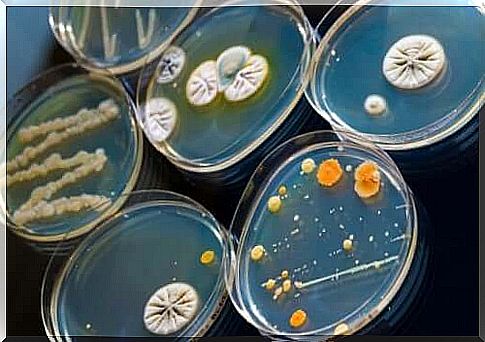
The term antibiotic refers to those chemical substances produced either by a living being or a synthetic derivative thereof. The role of antibiotics is to kill or prevent the growth of certain types of sensitive microorganisms.
As the name suggests, they are used to treat infections caused by bacteria. They are drugs used in both veterinary and human medicine, in the same way that antiparasitic drugs and other antimicrobials are used. The goal of antibiotic therapy is to destroy the microorganism that causes the disease.
Finally, it is important to mention that self-medication with antibiotics is a serious problem for overall public health. The reason for this is that bacteria are able to develop certain types of resistance mechanisms against the modes of action of these antibacterial drugs. In this way, therapies initially thought to be effective cease to work, thereby also reducing the therapeutic arsenal of the treatment.
Antifungals
Antifungals, or antifungals, are known by their name as medicines to fight fungal infections. They are medicines that both inhibit the growth of certain types of fungi and kill them.
As in the case of antibiotics, we have already explained, many people treat these symptoms without a doctor’s prescription, resulting in many drugs being misused. This in turn leads to microorganisms beginning to develop resistance to currently known drugs.
Some of the best known antifungal drugs include:
- Itraconazole
- Posaconazole
- Fluconazole
- Voriconazole
- Caspofungin
Antiparasitic drugs
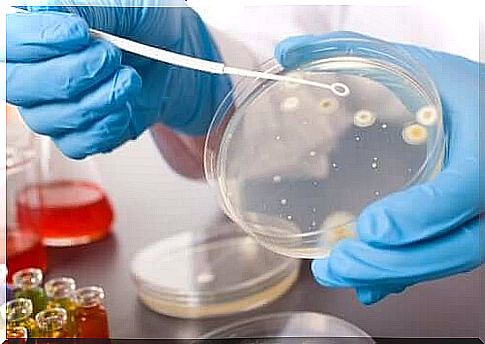
These types of antimicrobials are used in both veterinary and human medicine to fight infections caused by both bacteria and parasites. In addition, they can be used to treat some forms of cancer.
The best known of these parasiticides include anthelmintics and antiprozoans. Worth mentioning are:
- Albendazole
- Mebendazole
- Trimethoprim
- Chloroparomomycin
- Metronidazole
- Ivermectin
Today, researchers are working to find new anti-parasitic drugs that have fewer side effects and better combat the parasites ’growing resistance to commercial drugs.
Antivirals
These medicines are used to treat viral infections. The most important feature of these drugs is that they are not able to cure the disease but alleviate the symptoms it causes.
In this way, antiviral drugs succeed in both reducing the severity of symptoms and reducing the likelihood of complications. Each type of virus has its own antiviral drugs and is therefore only prescribed by a doctor.
Finally
Antimicrobials are capable of inhibiting the growth of various microorganisms or even causing their death. One or the other of these antimicrobial drugs is used depending on the nature of the infection or the situation in each case.
Antimicrobials (antibacterial drugs, antifungals, antiparasitic drugs, and antiviral drugs) are drugs that should only be prescribed by a doctor. Therefore, self-treatment with this type of drug favors the development of antimicrobial resistance and thereby also reduces the effectiveness of the treatment.
